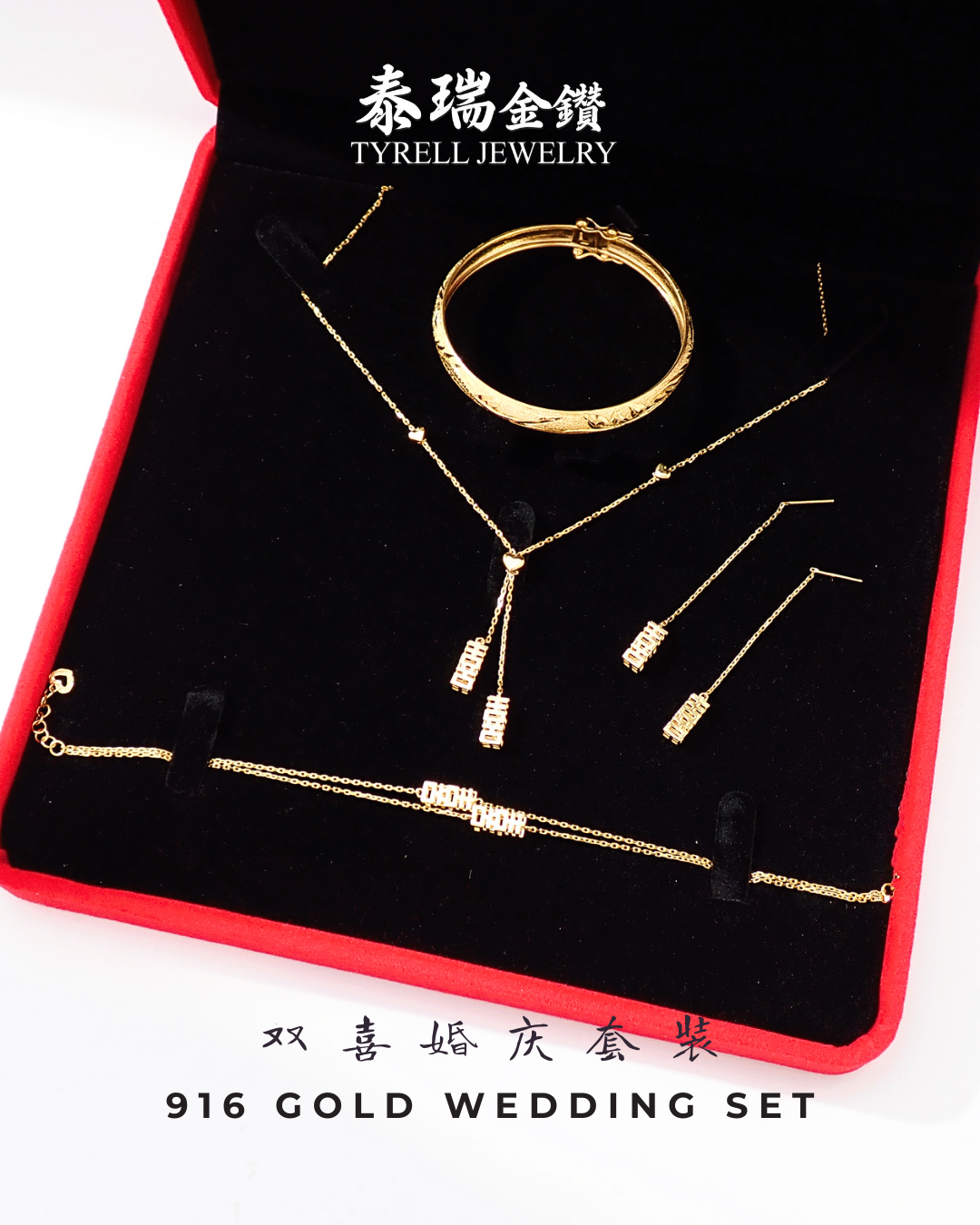Shopping Bag
No products in the cart.
When exploring the world of jewelry, it is important to understand the unique characteristics of different metals. Each metal used in jewelry crafting possesses distinct properties that influence both aesthetic appeal and durability. Among the most popular metals are gold, silver, and platinum, each offering its own set of qualities.
Gold has been cherished for centuries for its lustrous, warm hue and malleability. This metal can be alloyed with other metals to enhance its strength and alter its color. For instance, yellow gold is typically alloyed with copper and zinc, while white gold is created by mixing gold with palladium or nickel. Rose gold obtains its pinkish tint from the addition of copper. The purity of gold is measured in karats, with 24-karat gold being the purest form. However, pure gold is often too soft for everyday wear, making 14-karat and 18-karat gold more popular choices for jewelry.
Silver, known for its bright, reflective surface, is another favored metal in the jewelry industry. Sterling silver, an alloy consisting of 92.5% silver and 7.5% other metals (usually copper), is most commonly used. This blend increases durability while retaining the metal’s desirable appearance. Silver jewelry requires regular maintenance, as it is prone to tarnishing when exposed to air and moisture. Polishing and proper storage can help maintain its shine.
Platinum is prized for its rarity, strength, and natural white luster. This metal is heavier than gold and silver, making it a durable choice for fine jewelry. Platinum’s resistance to tarnish and corrosion makes it an excellent option for pieces intended to last a lifetime, such as engagement rings and wedding bands. Unlike gold, which can lose tiny amounts of metal through wear, platinum’s density ensures minimal material loss over time.
In addition to these primary metals, several other metals are commonly used in jewelry making. Palladium, a member of the platinum family, shares many of its attributes but is lighter and less expensive. Titanium, known for its strength and lightweight nature, is often used in contemporary jewelry designs. It is hypoallergenic, making it suitable for individuals with sensitive skin. Stainless steel, another durable and affordable option, is favored for its resistance to rust and tarnish. Cobalt, a relatively new entrant to the jewelry scene, is celebrated for its hardness and brilliant white finish.
When choosing jewelry, the differences between these metals should be carefully considered. Gold, silver, and platinum offer timeless elegance, while metals like titanium, stainless steel, and cobalt provide modern alternatives with unique benefits. Each metal’s properties impact not only the appearance but also the longevity and care requirements of the jewelry. By understanding these differences, more informed decisions about jewelry purchases can be made, ensuring that each piece is treasured for years to come.

双喜婚庆黄金套装(耳环・项链・手链・手镯) 传统「囍」文化结合现代审美,见证新人的幸福时刻。适合婚礼当天佩戴、订婚/文定仪式或作为长辈赠礼。 材质:916金 / 足金(依款式选择) 颜色:黄金色(可选玫瑰金风格款) 风格:双囍纹、吉祥纹、花丝/镂空工艺 场合:婚礼、订婚、文定、过大礼、嫁妆/聘礼 套装包含(四件) 黄金耳环 轻盈贴合耳垂,弧线勾勒温婉气质;耳针/耳扣稳固不易脱落,长时间佩戴亦舒适。 黄金项链 以「双喜」为核心意象,比例和谐,搭配婚纱或礼服皆显气场;项链长度可调,轻松适配颈肩线条。 黄金手链 链节灵动、纹饰吉祥,寓意绵延相伴;扣头顺手耐用,日常亦可单独佩戴。 黄金手镯 圆满厚实、福泽常在;适合作为长辈赠礼,承载家族祝福与传承。 为什么选择双喜婚庆套装? 寓意满分:双喜临门、百年好合、金玉良缘。 设计实戴:典雅不过时,婚礼与日常均能搭配。 材质可靠:916金/足金可选,品质有保障。 一套搞定:耳环、项链、手链、手镯完整搭配,省心省时。 适配场景与送礼建议
黄金越黄纯度越高吗?为什么黄金首饰颜色深浅不一样? 很多人买黄金首饰时都会有疑问:黄金是不是越黄纯度越高?为什么同样是黄金,颜色却有深有浅?其实,黄金的颜色和纯度确实有一定关系,但不是唯一标准。接下来,我们来详细解析。 黄金纯度与颜色的关系 足金999(金含量99.9%) 颜色:深黄,柔和自然。 特点:质地偏软,适合做金条、投资金或工艺简单的首饰。 916金(含金量91.6%,22K金) 颜色:比足金淡一些,略带浅黄或微红。 特点:硬度较高,适合日常佩戴的戒指、手镯、项链。 750金(含金量75%,18K金) 颜色:不仅有黄色,还有白色、玫瑰金。 特点:适合镶嵌宝石,常见于时尚首饰和婚戒。 结论:黄金越纯颜色越深黄,但深浅还会受到合金比例和工艺影响。 为什么黄金首饰颜色有差别? 含金量不同 → 含金量越高,越接近天然深黄。 合金金属不同 → 铜让黄金偏红,银让黄金偏浅,钯/镍可形成白金色。 工艺处理不同 → 抛光、拉丝、镀层工艺影响黄金的表面色泽。 购买黄金首饰时的实用小技巧

🌸 Mother’s Day Treasure Hunt – Just This Once!🌸 母亲节特备寻宝记 · 仅此一次! Celebrate this Mother’s Day with Tyrell Jewelry’s exclusive collection – specially curated for

🔒 Fraud Alert – Protect Yourself from Scams At Tyrell Jewelry, your safety and trust are our top priorities. We have been made aware of

Tyrell Jewelry 始终致力于为顾客提供高品质、设计独特的足金足银首饰。 润六月・母亲节特别款19年才遇一次的润六月母亲节,当然要送出不一样的心意!麻将元素设计,款款招财纳福,戴上好运满满送给你最时髦、最有福气的妈妈 Leap June • Mother’s Day SpecialOnce in 19 years — let this special Mother’s Day be unforgettable!A one-of-a-kind Mahjong gold bracelet

